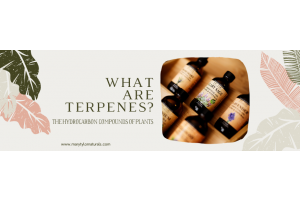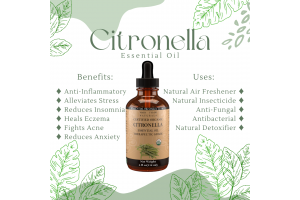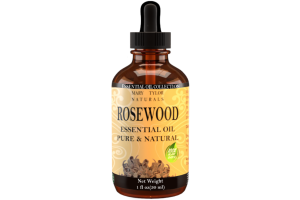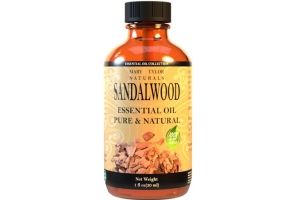Can Colors Help You Heal?

Chromotherapy: The Healing Power of Colors
Currently, light therapy is an accepted practice in some forms of modern medicine. Certain colors are believed to impact specific body systems. For example, in neonatal care units, babies with jaundice are exposed to blue light. This blue light exposure is used to break down an excess of bilirubin in the newborn’s liver. Modern physicians also use light therapy in patients with Seasonal Affective Disorder (SAD) to help manage symptoms of depression, anxiety and low moods.
In the holistic healing society, the use of colors to evoke healing is a favorable practice. In ancient times, Egyptians widely used color therapy in their healing rituals by utilizing items such as crystals, minerals, stones, plants and dyes. Archaeologist have even discovered differently colored healing chambers in ancient treatment areas. The Egyptians highly regarded colors as powerful and believed their god, Thoth, aided in the use of healing with colors.
In the current age, holistic practitioners refer to the use of colors in health care as the practice of Chromotherapy.
Chromotherapy is defined as a treatment that exposes patients to a visible spectrum of colors in the form of electromagnetic light to promote healing. Color photons have their own wavelength and frequency. The human mind perceives colors because they emit vibrations and each color reacts to our eyes and body cells in a certain way as a result. Everyone’s perception is different as well. Therefore, one color may be calming to one person, but alarming to another. This is why natural practitioners work with clients to find colors, lights, sounds and other natural modalities that promote healing specific to each patient.
Yellow light is said to provide healing to internal tissues and purify the skin. Red light is believed to impact the circulatory and nervous system, promote red blood cell production and encourage the body to burn fat.
Green light in chromotherapy is used to promote calm energy and relaxation. Purple light is believed to directly impact the lymphatic system and treat various forms of inflammation. And as previously stated, blue light is used to treat liver issues and to lower bilirubin levels. Blue light exposure has also been linked to inducing the production of melatonin and to help promote a better night’s sleep. Orange light has been shown to aid in respiratory issues and induce a more calming mood. This is why many alternative practitioners recommend the use of Himalayan salt lamps, which emit healing negative ions, purify the air and provide a serene orange glow.
Color therapy is a unique therapy because it does not require any physical effort or internal consumption to try. If you think chromotherapy would benefit you, find a natural practitioner and try it!
You can even practice chromotherapy right at home by placing different colored light bulbs in your lamps to see what your body responds to. You may find that a specific color makes you feel better verses another color. You can use a variety of colors to promote different atmospheres. Some people have reported an increase in physical stamina and internal willpower when they exercised while being exposed to red light. Red is a color that, for most people, symbolizes strength and power. However, everyone’s perception is different. One color may be calming to one person, but alarming to another. The way we perceive colors is because of their emitted vibrations and each color reacts to our eyes and body cells in a certain way as a result. Everyone’s perception is different as well. To find the most benefits from color therapy, find the colors that promote positive reactions for you!
Mary Tylor Naturals is here to provide you with Better Ingredients for a Better Life!
For more info on how to live a holistic lifestyle, check out our podcast at this link.














